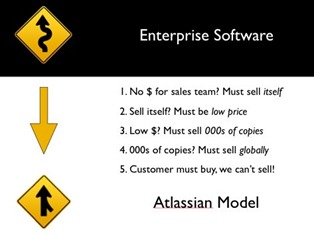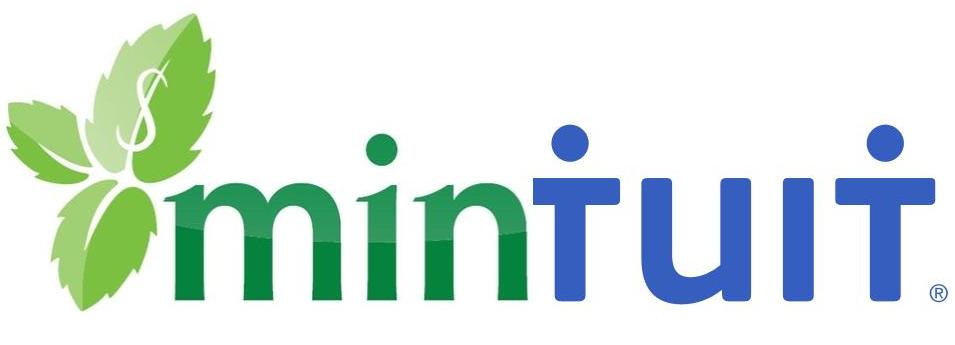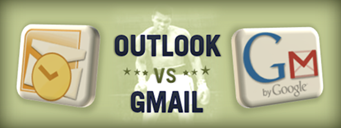 In the 90’s I used to laugh at friends who all used Yahoo! as their personal email service. I did not understand how anyone could put up with the slow speeds of web-mail, and tried to convince them to install a decent email client, like Outlook, which is what most of them used in their corporate jobs.
In the 90’s I used to laugh at friends who all used Yahoo! as their personal email service. I did not understand how anyone could put up with the slow speeds of web-mail, and tried to convince them to install a decent email client, like Outlook, which is what most of them used in their corporate jobs.
Then things changed: Outlook grew into a bloated monster, it brought otherwise fairly speedy computers to a grinding halt and finding stuff in the archives of years of email became a gargantuan job. A new web-based email service came to rescue: Gmail was fast, well-organized, included productivity-boosters like labels and conversation-threading, and most importantly, you could not only search but also find old email in seconds! For this former Outlook-fan the switch was a no-brainer – in fact I ended up ditching almost all desktop software, moving online. (Gmail for mail and Zoho for most other tasks).
Life was good, I stayed productive and Gmail grew into a suite of productivity services by Google. Too bad it’s breaking down – again…
(Cross-posted @ CloudAve)




 ).
).








 are full of threads with 30+ entries each. I’m a productivity-maniac freelancer, part of a few hyper-active discussion group, but not everyone’s usage pattern is like mine…
are full of threads with 30+ entries each. I’m a productivity-maniac freelancer, part of a few hyper-active discussion group, but not everyone’s usage pattern is like mine… )
) ). Welcome back to Earth, Gmail! I for one am happy the “new” old way is just an option and conversations remain, otherwise I’d have to switch again – and switching is a major pain.
). Welcome back to Earth, Gmail! I for one am happy the “new” old way is just an option and conversations remain, otherwise I’d have to switch again – and switching is a major pain.


Recent Comments